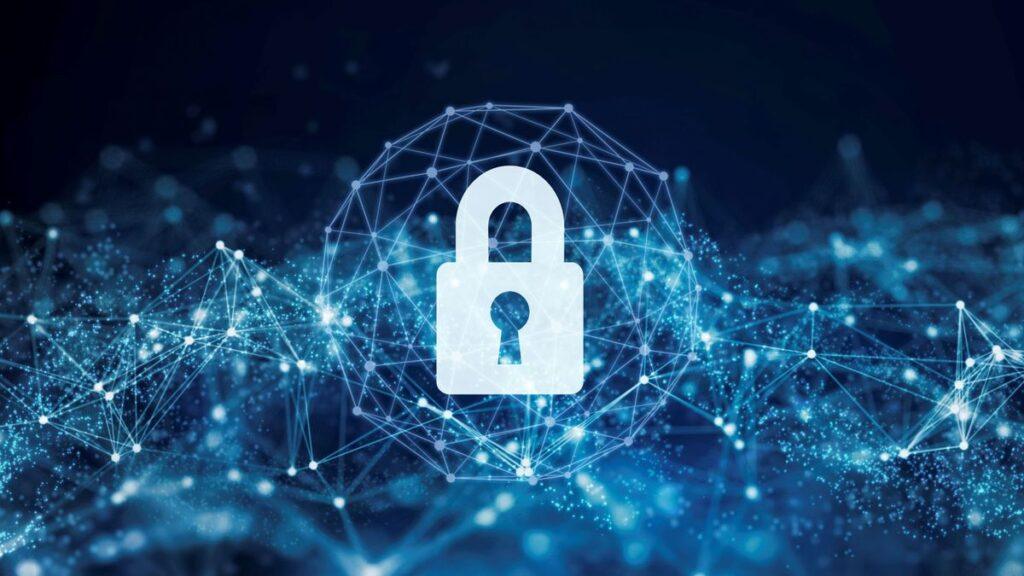VPNs (Virtual Private Networks) have been around for a long time, or at least… they’ve been the go-to for secure remote access since the early days of the Internet. However, the problem is that the world has changed and, unfortunately, VPNs have not kept up, not even a little. They are simply not designed for the way we work today. With cloud computing, a distributed workforce, and cyber threats evolving more every day, VPNs have become increasingly obsolete.
This is where software-defined perimeters or SDPs come into play. Designed from the ground up for the way we work and live today, SDPs bring a new approach to network security that is more flexible, secure, and easier to use than VPNs.
CEO and co-founder of DH2i.
VPNs are reliable but outdated
For years, VPNs were a solid option. Connect users to a network by creating an encrypted “tunnel” to keep information secure. But the way they do it leaves a lot to be desired. With VPNs, once a user is in, they are usually given access to the entire network, even parts they don’t need. In today’s security landscape, that’s a problem, and a pretty serious one at that.
This is because VPNs come in two main versions:
- Remote Access VPNs – Allow people to connect from anywhere, often with third-party apps
- Site-to-Site VPN – Linking offices or entire networks with dedicated hardware
So yes, these configurations can work well in very simple situations. But as businesses adopt more mobile and cloud resources, VPNs are struggling to keep up.
SDPs are the smartest alternative for modern needs
Instead of simply verifying a user’s location, SDPs focus on who the user is. They ensure that each person (and their device) has specific access to only the resources they need, and nothing more. It could be considered a “need to know” approach, where only precise access is granted, thus reducing the risks of overexposure to sensitive and/or confidential data.
SDPs operate by dividing the control plane (where access rules reside) from the data plane (where data actually flows). When a user tries to connect, the SDP verifies who they are, verifies their device, and then, and only then, connects them to specific resources.
Why SDPs are outperforming VPNs
There’s a reason why more and more companies are turning to SDPs. They are simply better suited to current needs. Let’s look at some of the main advantages that SDPs have over VPNs:
Security, “Zero Trust” style: SDPs are based on “zero trust,” meaning everyone must verify their identity and device before gaining access; No one is automatically trusted. On top of that, SDPs “hide” resources behind an invisible layer (often called a “black cloud”) that prevents hackers from seeing the network.
Localized access and control: VPNs often give users more access than they need, but SDPs limit access strictly to what is necessary. This not only makes the network more secure but also limits any damage if a user’s credentials are compromised.
Climb without headaches: VPNs can become clunky and expensive as an organization grows, especially in cloud environments. However, SDPs are cloud-native and scale easily across different environments. Whether your resources are in private data centers, public clouds, or both, SDPs can handle them without requiring expensive hardware or endless reconfigurations.
Simple management with fewer complications: VPNs are known for their ongoing maintenance. You have hardware to deal with, settings to configure, and frequent updates. SDPs, being software-based, eliminate much of that hassle.
More affordable, higher return on investment: VPNs require dedicated devices and ongoing maintenance, making them an expensive option as the user base grows. SDPs, on the other hand, don’t need the same physical infrastructure, so they end up being more affordable, especially for companies that are scaling quickly.
Social Democratic Party in action
Companies with remote teams can finally take control with SDPs. You no longer have to worry about users accessing sensitive parts of the network that they shouldn’t touch. SDPs allow specific permissions for each user, allowing them to access only their designated applications and files. In highly regulated industries like finance and healthcare, SDPs are proving essential to comply with strict data protection laws that VPNs alone cannot meet.
Another advantage? SDPs allow organizations to quickly respond to new security threats, without the need to reconfigure networks or hardware. They offer a faster, more flexible way to adapt to emerging risks, something VPNs struggle to keep up with.
SDPs lead the way to modern security
If there’s one thing to remember, it’s this: SDP provides an efficient and secure approach, allowing organizations to control access, based on identity and device, improving security in ways that VPNs simply can’t match.
By switching from VPN to SDP, organizations can stay ahead of today’s challenges, not to mention, prepare for the future… with maximum confidence.
We have presented the best business VPN.
This article was produced as part of TechRadarPro’s Expert Insights channel, where we feature the best and brightest minds in today’s tech industry. The views expressed here are those of the author and are not necessarily those of TechRadarPro or Future plc. If you are interested in contributing, find out more here:




